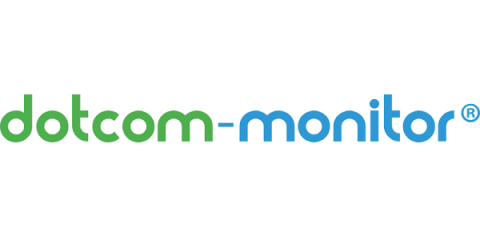Challenges in Monitoring Web Applications That Utilize SSO
With enterprise solutions and consumer technology platforms offering an array of applications, a need arises to securely navigate between different applications within the same product suite, and on role-based access. Single sign-on (SSO) is a solution to implement a centralized authentication system, and maintains an authenticated session to access multiple applications in a product suite without having the need of entering user credentials every time.




